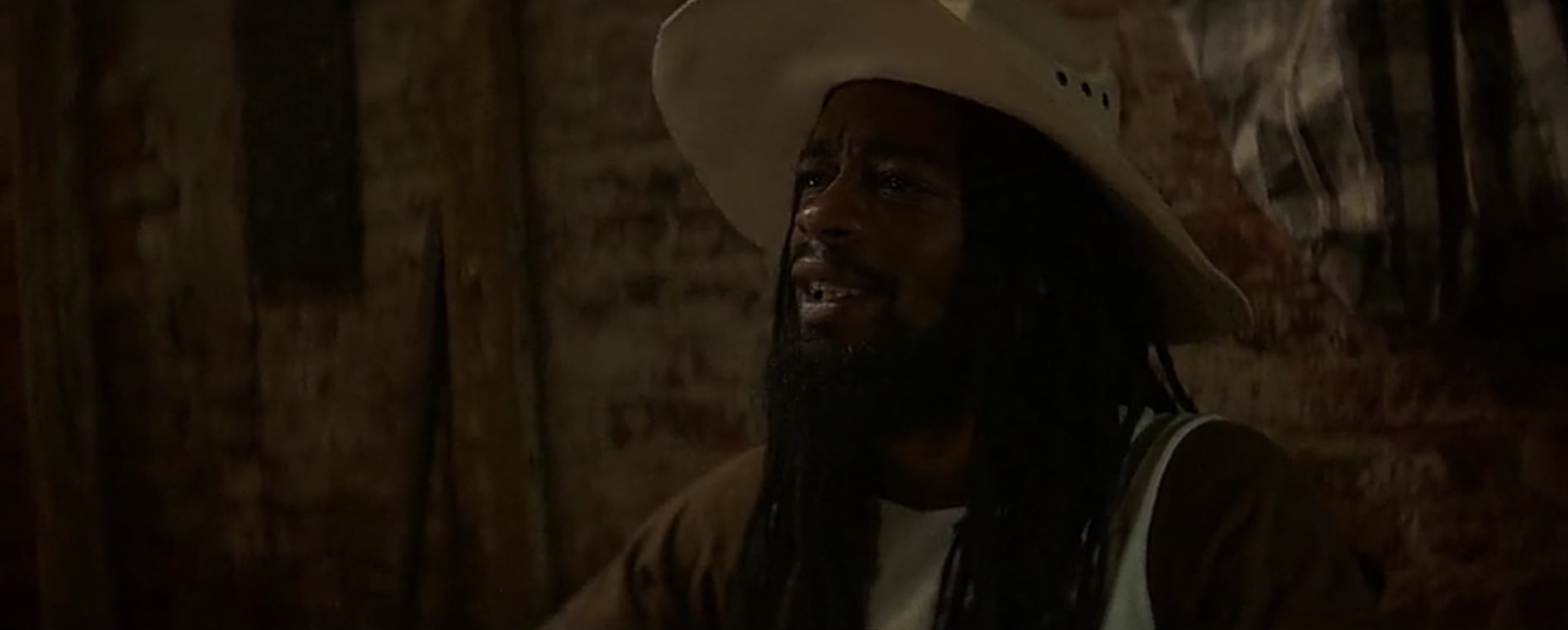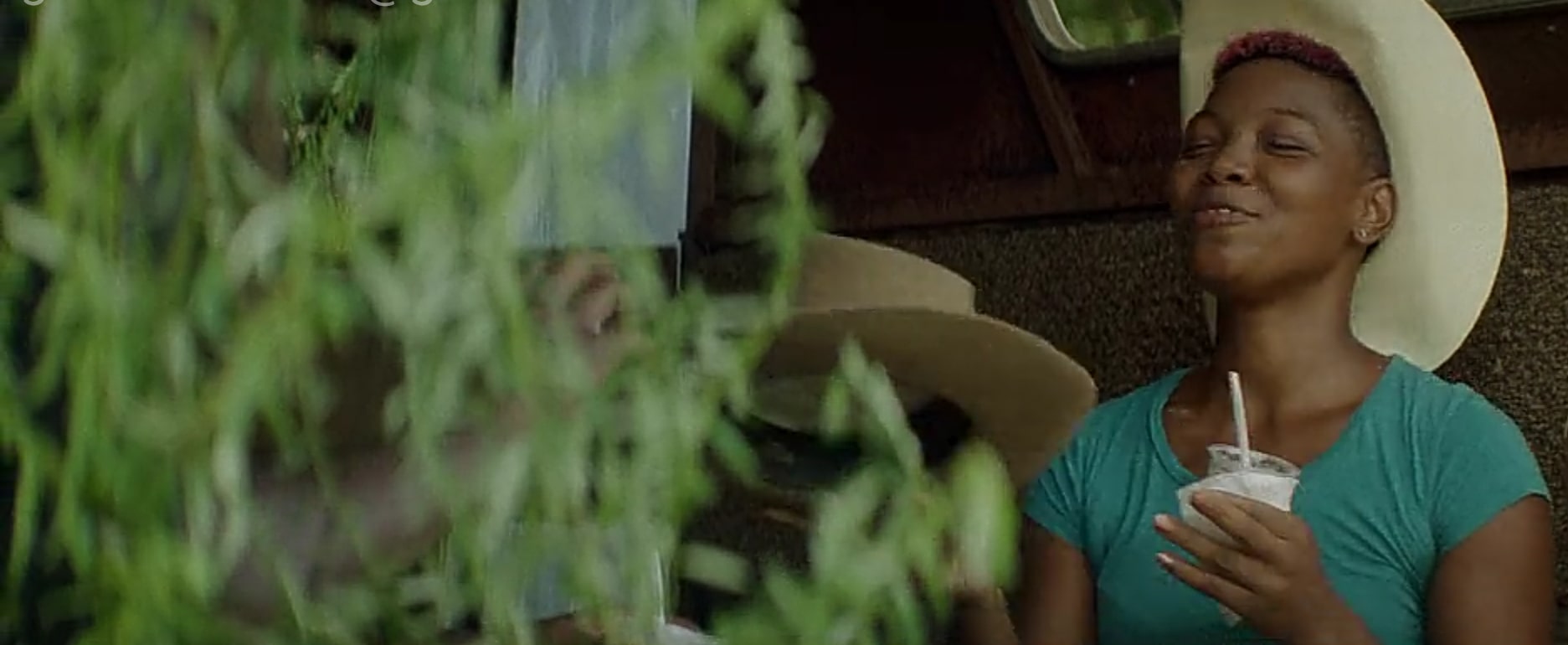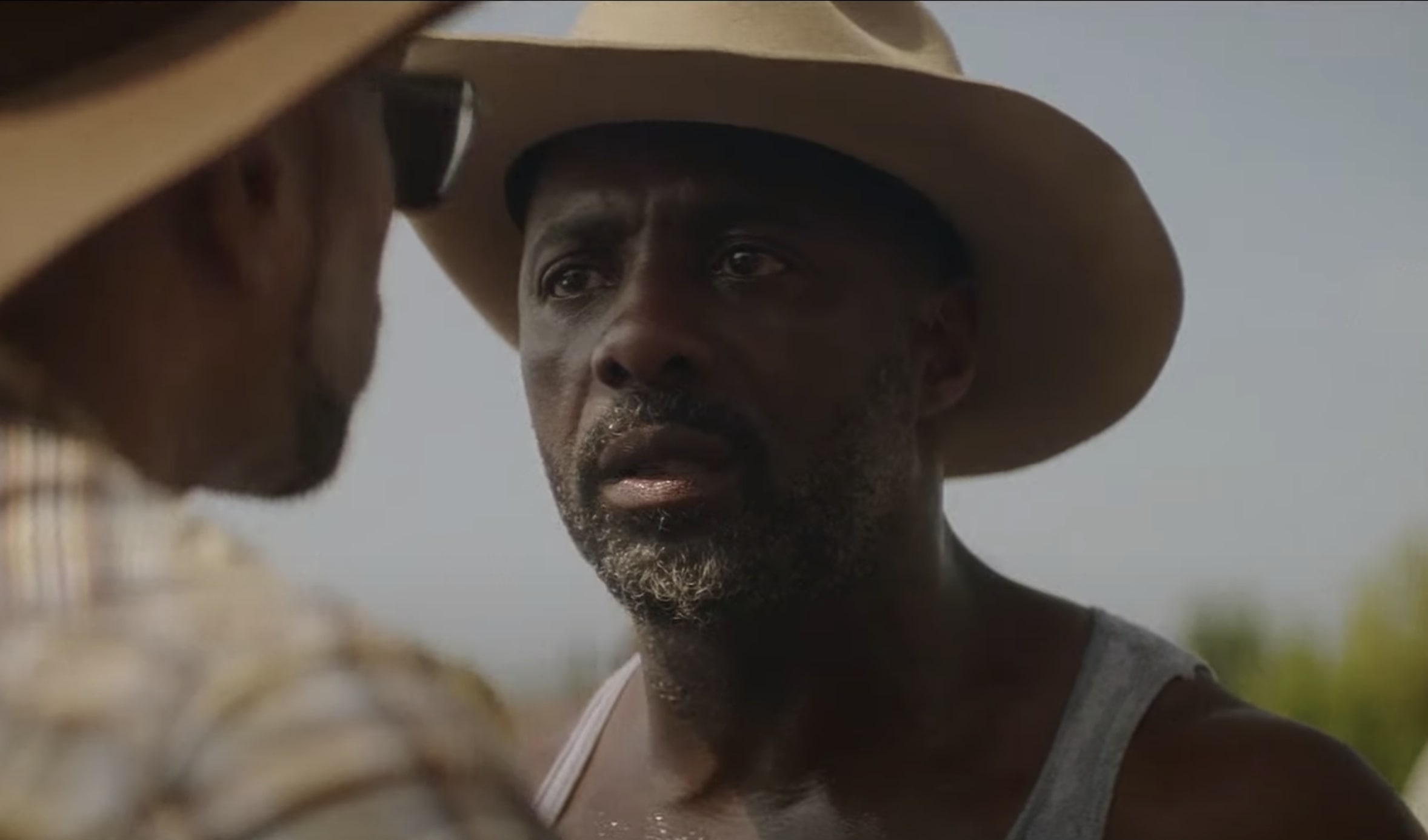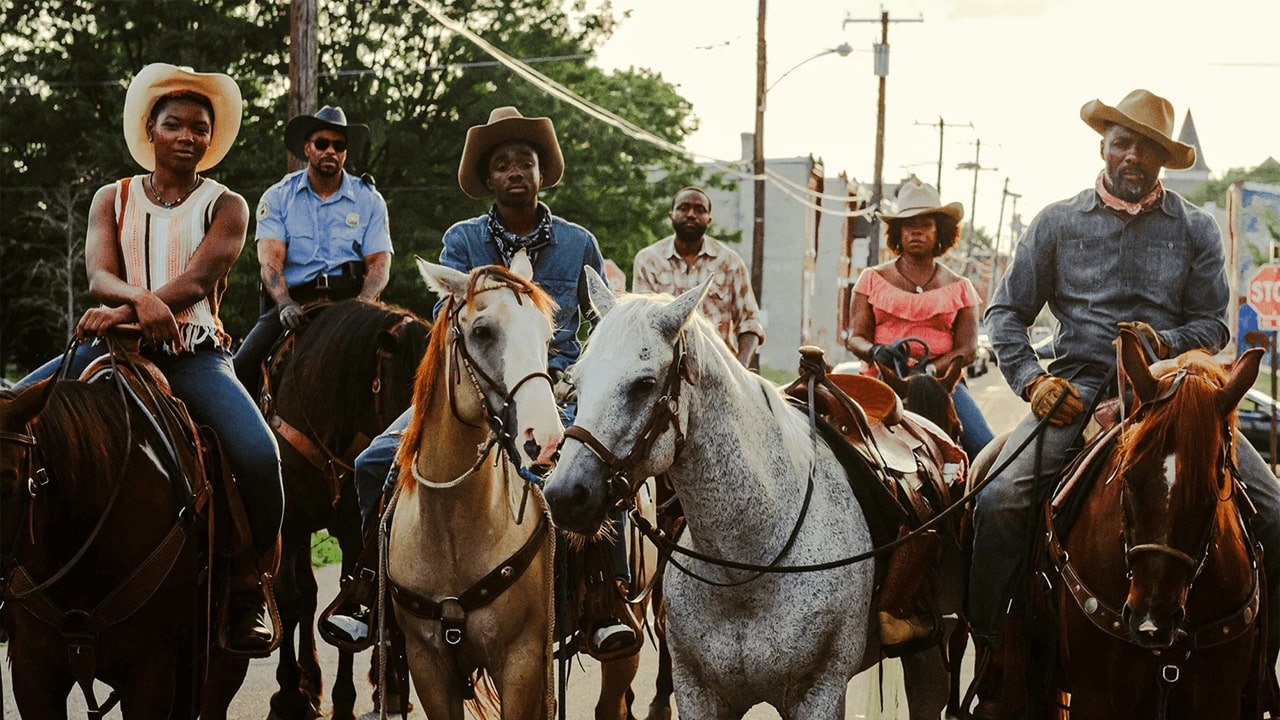Directed by debutant filmmaker Ricky Staub, ‘Concrete Cowboy’ is an urban western film about a troubled teenager who reconnects with his estranged father when he begins horse riding. After Cole (Caleb McLaughlin) gets expelled from school for the umpteenth time, his mother, Amahle (Liz Priestley), drives him from Detroit to Philadelphia and leaves him there with his father, Harp (Idris Elba), hoping that Harp’s paternal influence will usher in positive changes in her son’s life. Initially, neither knows how to reconnect with the other, having spent years apart.
As the film progresses, Cole develops a special bond with an untamed and wild horse named Boo and eventually brings it under his control. In doing so, Cole immerses into the thriving horse-riding subculture of North Philadelphia. Since its release, ‘Concrete Cowboy’ has received rave reviews, with its depiction of real-life urban horse riding gaining special attention. If you have seen the film, you must have wondered whether it is based on real life. Here is what we know about it.
Is Concrete Cowboy Based on a True Story?
‘Concrete Cowboy’ is not based on a true story, but certain elements of the film are adapted from real-life events. First and foremost, the film’s setting is very much real. However, the main story revolving around Cole, Harp, and the others is completely fictional. Staub wrote the screenplay for the film with Dan Walser, adapting author Greg Neri’s 2011 novel ‘Ghetto Cowboy.’ Like the film, the book is a work of fiction about the Fletcher Street Urban Riding Club, one of the most prominent historical institutions in Philadelphia.

In the real world, the club has existed for more than 100 years. Its current rendition, however, was set up by Ellis Ferrell in 2004. It has given numerous problematic boys and girls opportunities to turn their lives around and leave street life for good. The program’s main idea is to introduce the boys and the girls to the horses and initially let them take care of the animals. Later, they are allowed to ride the horses. Most of the clubs’ stables are located in the Strawberry Mansion neighborhood of Philadelphia.

For a long time, the non-profit 501(c)(3) organization dealt with financial woes and funding problems. In 2015, it received the title deeds for a 7,500-square-foot vacant plot from Good Bet Trading, a Philadelphia-based real estate organization, and its owner and chairman Adam Ehrlich. Most of the early horses used for the program were acquired from a livestock auction in New Holland, Pennsylvania. This means that Fletcher Street saved the horses slated to die otherwise and gave them a second chance just like they do to the neighborhood youths. In 2017, the club relocated its base of operations to the land it received from Good Bet Trading.

Several real-life Fletcher Street riders made appearances in ‘Concrete Cowboys,’ including Jamil Prattis and Ivannah Mercedes, portraying various characters. During the closing credits, Jamil, Ivannah, and a few others enunciate the club’s importance to their community. Michael Upshur, another Fletcher Street rider, even states that because of the club, he doesn’t have a felony in his record. The club has drawn the attention of mainstream media for a long time because of the inherently uplifting nature of its story. It has generated interest among filmmakers, photographers, and authors who often visit the club.
According to Fletcher Street’s official website, Ferrell continues to lead the club and serves as a source of inspiration for the younger generation. As everything mentioned above shows, although Harp, Cole, and their story is fictional, the movie faithfully depicts the real horse-riding subculture of Philadelphia. Owing to this, it is completely understandable that some people might mistake ‘Concrete Cowboy’ as an entirely true story.
Read More: Concrete Cowboy Ending, Explained


You must be logged in to post a comment.